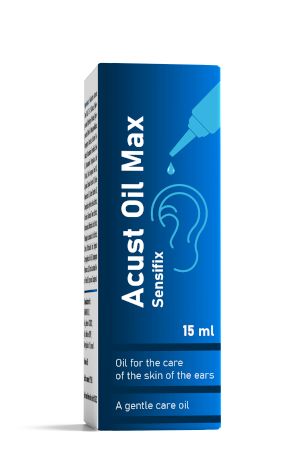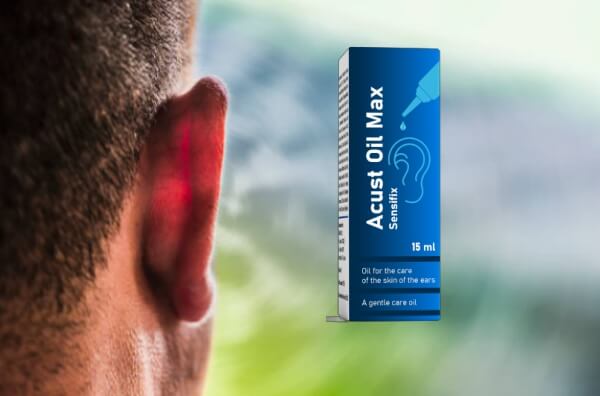As one of our most important senses, the ability to hear enables us to connect with the world for a number of very important and even vital reasons. Most importantly, hearing connects us to people, enabling us to communicate in a way that no other sense can. While it is true that the more severe the hearing loss, the more severely our ability to communicate is impaired, the impact of milder forms of hearing loss on everyday life should never be underestimated or ignored.
Basic sense
Our ability to communicate with other people is heavily dependent on our ability to understand speech, which is one of the most complex sounds we have to listen to. Without good hearing in both ears, understanding what a person is saying requires more concentration and can be very tiring, especially if several people are talking or if there is background noise.
Not understanding what has been said can be very frustrating for both listener and speaker, and social gatherings with friends and family can be a difficult and much less enjoyable experience. All too often, this leads to avoidance of such situations or an increasing reliance on a better-hearing partner or friend.
Relationships can quickly begin to suffer from the strain of coping with hearing loss, to the point of a complete breakdown of communication when hearing loss can go too far before professional help and support is sought.
The state of one’s hearing can affect listening to music, television and radio, going to the cinema or theatre, attending places of worship, going to meetings for learning or simply for pleasure, and listening to the sounds of nature. Although we are all individuals and have different interests and needs, these sounds are part of enjoying life to the fullest extent.
We also need balanced hearing to know from which direction a sound is coming. Anyone with better hearing in one ear than the other will always find it more difficult to locate a sound and judge its distance. Very unbalanced hearing, such as having no hearing in one ear, makes it impossible to determine the direction of a sound and can be a potential safety hazard in some situations.
The percentage of unemployed people with hearing loss is higher than in the general population. Untreated hearing loss can have a number of consequences in the workplace, and many people struggling with hearing loss unnecessarily experience limited opportunities for promotion or work at a level below their skills, knowledge and experience.
Ears and their structure
The ear is the organ of hearing and balance. It consists of a cavity in the cranial structure lined with soft tissue that surrounds three characteristic spaces filled with air or fluid (outer, middle and inner ear); these characteristic spaces contain both sound transmission mechanisms and sensory apparatuses.
The outer ear includes the auricle and ear canal up to the eardrum, which separates it from the middle ear. The lining of the outer ear is rich in wax-producing glands. The middle ear is a cavity in the temporal bone lined with a thin layer of tissue, similar to that found in the nose and throat. It is separated from the ear canal by the eardrum and connected to the throat by the Eustachian tube. It contains three tiny bones (ossicles) that form a chain attached to the eardrum on one side and to the membrane of the oval window on the side of the inner ear.
The middle ear space is filled with air at ambient pressure, which needs to be equalised when the pressure changes (as happens when diving or flying). This is achieved by introducing or releasing air through the Eustachian tubes, which connect the pharynx to the middle ear, using equalisation techniques such as the Valsalva manoeuvre. The inner ear or vagus includes the cochlea (the organ of hearing) and the vestibule and semicircular canals (the organ of balance). The cochlea and vestibule are the source of the auditory and vestibular nerves.
Pressure waves carried by air or water are directed through the auricle and ear canal to the eardrum. They cause the eardrum to vibrate, causing the ossicles to move simultaneously in response. The stapes (the last bone in the chain) strike the oval window of the cochlea. Because it is a closed system, when the oval window is pushed inwards, the round window pushes outwards.
Fluid in the cochlea transmits pressure waves to the auditory nerve, which in turn sends signals to the brain that are interpreted as sound. Part of the vestibule are projections called semicircular canals. Inside the semicircular canals are hair-like structures called cilia. The cilia detect the movement of fluid through the canals and send signals through the vestibular nerves to the brain, where the movement is interpreted and used to determine the position of the head in three-dimensional space.

Take care of your hearing
Moisture in the ears is always a bad thing. Activities such as swimming and other water sports are known to retain water in the ears. The warm, moist inside of the ears then becomes a breeding ground for bacteria, which often leads to painful middle ear and inner ear infections. This is why ear drying is so important.
Most audiologists advise never to place any objects in the ears. Using ear sticks compromises ear health by pushing wax, cotton and dirt deeper into the ear canal, where it can interfere with hearing and promote infection. It also risks injuring or even rupturing the eardrum. Clean your ears regularly
However, cleaning the outside of the ears will prevent dirt and excess wax from entering the ear canals. Do not forget to gently wash your ears as part of your daily hygiene and care routine, and whenever it is damp or dirty outside!
It can happen that too much dry earwax builds up in the ears and causes a painful obstruction that impairs hearing and risks damaging the internal structures of the ear. At this point, home remedies are unlikely to do much. The best option is to use professional remedies such as Acust Oil Max.
Acust Oil Max – ear oil
There are many ways to improve hearing health. One such method is Acust Oil Max, a natural, non-invasive oil that improves the outer ear. It’s ideal for those who want to safely care for their ears and finally give up using cotton swabs. It also helps prevent further hearing loss for those with the first signs of it, such as asking others to repeat what they have said, constantly turning up the TV or radio, etc. It can also be used by people working in noisy environments.
The oil is also recommended for patients with recurrent ear infections or a genetic risk of hearing problems. The Acust Oil Max spray formula supplements the natural function of the ear by balancing the pH of the outer and middle ear. It allows for proper care of the eardrum.

Natural ingredients and simple application – Acust Oil Max
Not all hearing loss is related to ageing. Certain diseases, genetic defects, trauma, frequent ear infections and even prolonged exposure to loud noises can affect hearing in people of all ages. Some medications, such as loop diuretics used to treat high blood pressure and congestive heart failure, can affect hearing.
However, age-related hearing loss is one of the most common complaints in older people. In fact, around a third of people in Europe between the ages of 65 and 74 have hearing loss, and almost half of people over the age of 75 have hearing problems, according to the National Institutes of Health.
Acust Oil Max ear oil may be the answer to these problems. It is a very safe product due to its natural composition. The natural combinations of oils, extracts and other actives are widely regarded as a very safe solution. The oil has received many positive online reviews from people all over the world. From almost all reviews, it can be concluded that Acust Oil Max significantly improves hearing and comfort.
Even mild hearing loss doubles the risk of dementia, while moderate hearing loss triples the risk. People with severe hearing loss are five times more likely to develop dementia. Many of these effects can be avoided with proper professional care and treatment, including oils such as Acust Oil Max.

